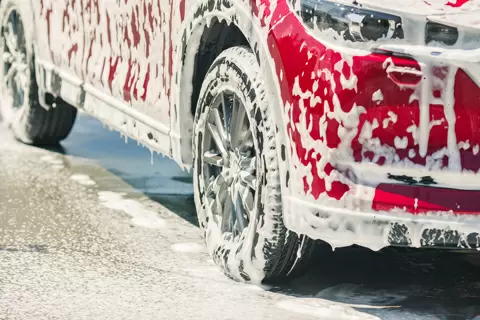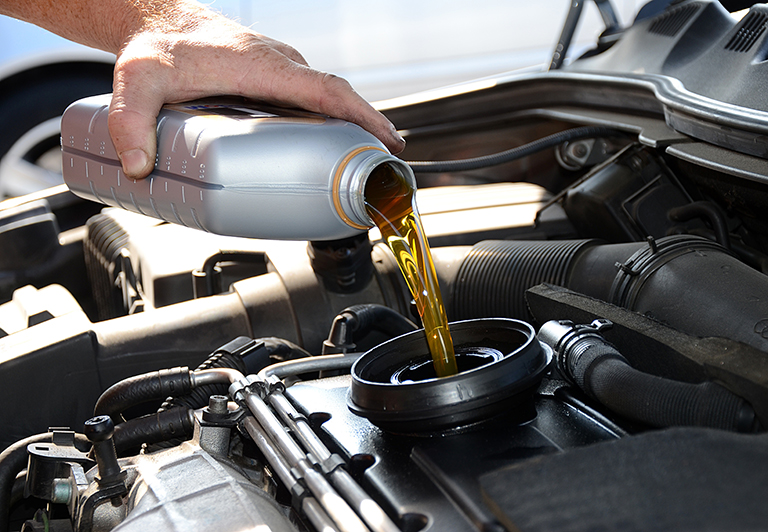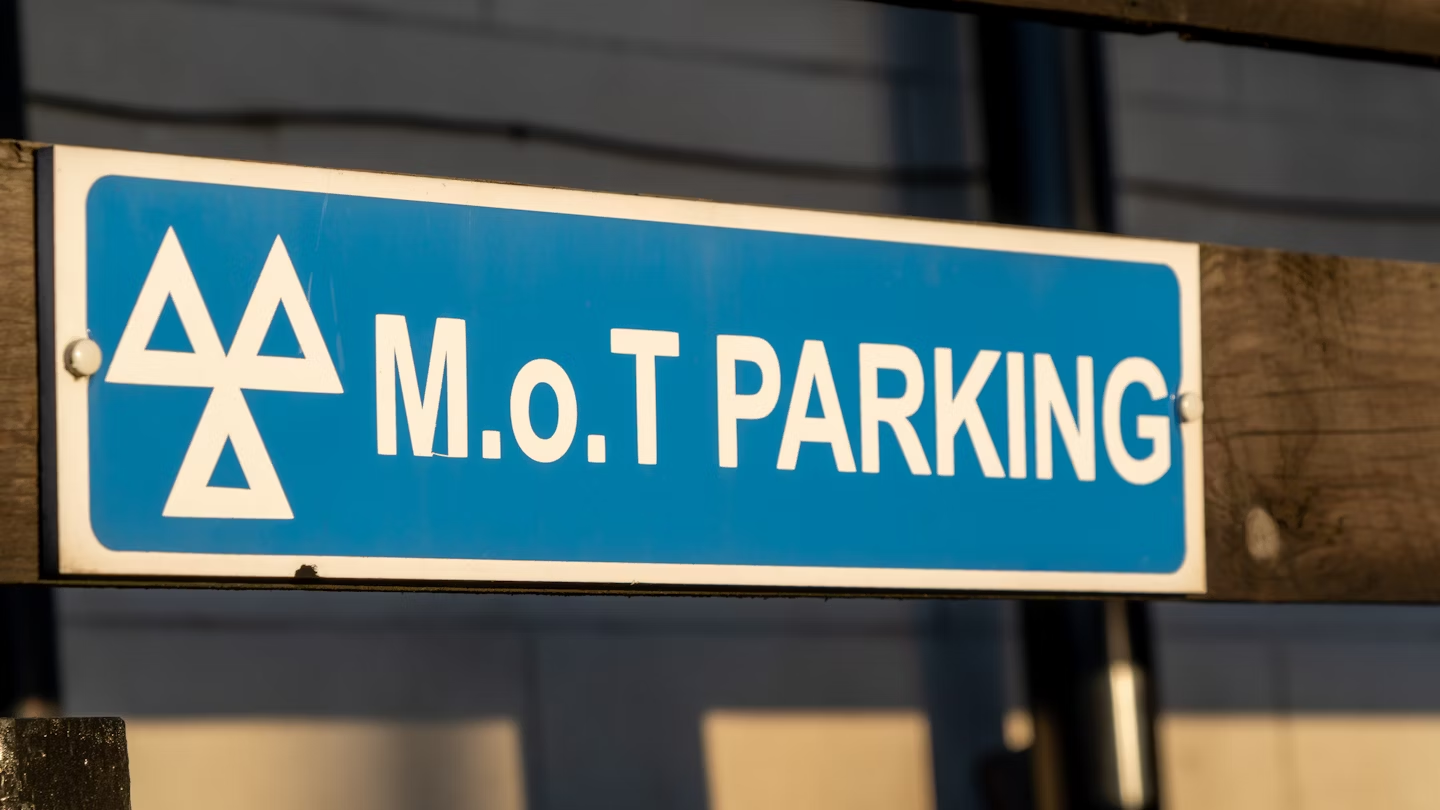
What to Do Before Selling Your Car (in 9 easy steps)
Guide for car owners on how to prepare their car for sale, including cleaning, fixing minor issues, and gathering the right documentation.
To maximise the value in your vehcile this is a 9 step checklist you can use to prepare your car for sale
Step 1 - Clean your car thoroughly
First impressions really do count when it comes to selling your car. A clean vehicle not only looks better—it feels better to potential buyers. Make sure it’s spotless inside and out. No muddy footprints, crushed-up crisps, or spilled drinks on the seats. Give it a proper vacuum, wipe down all surfaces, and don’t forget the boot.
On the outside, what you might think is damage could actually be something far less serious. Light marks or stains on the paintwork often lift off with a bit of polish or elbow grease. What looks like a scratch might just be a scuff, and what you thought was bodywork damage could turn out to be nothing more than tar spots from the road—easily removed with the right cleaner. You’d be surprised how much better your car can look with a bit of attention.
If you don’t fancy doing it yourself, paying for a professional valet can be a worthwhile investment. A clean, well-presented car always sells faster—and often for more money.

Step 2 - Fixing minor issues to boost value
It’s amazing how small fixes can make a big difference when selling your car. Buyers notice the little things—so it pays to sort them out beforehand.
Is the parcel shelf missing? Replace it. Broken armrests, ripped seats, or scuffed or missing trim? These can give the impression the car hasn’t been looked after. Even things like corroded alloy wheels, a blown bulb, or streaky windscreen wipers can put buyers off or give them reasons to haggle.
These issues might seem minor, but they add up in the buyer’s mind. Sorting them shows that the car’s been cared for—and can help you get a better price or a quicker sale. A small investment in repairs can often return more than its cost when it comes to final value.
Step 3 - Get a service before selling
Having your car serviced and inspected before putting it up for sale is a smart move. Not only does it help you catch any hidden issues, but it also ensures you're not unknowingly selling a car with dangerous defects.
A basic service will check vital fluids like oil, coolant, and brake fluid, as well as filters, brakes, tyres, and lights. These might seem like small things, but if something’s running low—or worse, failing—it can lead to serious problems for the next owner. Taking care of these issues in advance adds value to your car and gives buyers confidence in what they’re purchasing.
It also gives you peace of mind. You’ll know the vehicle is safe, roadworthy, and in the best condition it can be. A stamped service record or fresh MOT can be a strong selling point too—showing that the car’s been looked after and is ready to go.

Step 4 - Obtain 12 Months MOT
This goes hand in hand with getting your car serviced—adding a fresh 12-month MOT is one of the best ways to show you're selling a genuine, roadworthy vehicle. It gives potential buyers confidence that the car has passed all the necessary safety and mechanical checks, making it much more appealing.
A valid MOT not only helps maximise the value of your car, but it also shuts down a lot of the usual haggling points. Worn tyres? Faulty lights? Minor mechanical issues? If the car has just passed its MOT, buyers can’t use those as bargaining chips. It shows the car is good to go, and that you’ve taken care of the important stuff.
For a relatively low cost, a fresh MOT is a simple but powerful way to boost your car’s appeal and selling price.

Step 5 - Prepare your cars paperwork
Provide MOT Certificates, Service History, and Documentation
Having a complete set of documents can significantly boost the value of your car. Buyers want to know that they’re purchasing a well-maintained vehicle, and having the right paperwork can show them just that.
MOT certificates, a detailed service history, and any repair work invoices demonstrate that the car has been looked after and kept in good condition. If you have a service book, make sure it’s stamped and up to date—this shows a consistent maintenance record, which is a huge plus for potential buyers. If your service book is missing or outdated, take the opportunity to track down any missing invoices from the garages that did the work. You can even ask them to provide the stamps if needed.
Proof of major service items, such as timing belt changes, fuel filter replacements, or water pump replacements, is particularly valuable. These are significant expenses that buyers may be wary of if they haven’t been addressed. By having documented proof that these parts have been replaced, you’re not only giving buyers confidence but also justifying a higher asking price.
Other useful paperwork includes the car’s logbook (as long as it’s valid) and the original purchase invoice, which can show the car’s age and authenticity. Providing a complete set of documents helps establish trust and proves you're selling a genuine, well-maintained car.

Step 6 - Be honest about the condition
Honesty is key when selling your car, especially if it has failed its MOT or has issues that are too costly to repair. If the repair costs are more than the car is worth, it’s better to be upfront about it. Remember, any MOT failure or significant issues can be uncovered through an HPI or MOT data check. Potential buyers will be able to see the history, and hiding these details can damage your credibility and even lead to legal consequences.
If the car has previously been repaired, stolen and recovered, or involved in an accident, it’s your legal duty to disclose this information. Transparency not only builds trust with buyers but also protects you legally. Keeping these details hidden could result in claims for misrepresentation later on.
If there are dangerous defects, this is the time to mention them. Safety should always come first, and a buyer deserves to know if there are any issues that could pose a risk to them on the road. Being honest about the car’s condition might mean accepting a lower price, but it will also ensure a smoother, more professional sale. Plus, it’s always better to have peace of mind knowing you’ve been truthful and upfront.
Step 7 - Set a realistic price
Adjust Your Price According to the Condition and Selling Method
If your car has serious bodywork issues, you’re not confident handling minor repairs (like a missing parcel shelf), or you simply don’t have the time to get it MOT’d, it’s important to reflect that in your pricing. While small cosmetic issues are often easy fixes, major bodywork damage can be costly to repair, and some buyers might not be willing to take that on. If these issues are beyond your DIY skills or budget, it's best to lower the price accordingly to reflect the car's true condition.
When selling to a private buyer, they’ll likely expect a bit of a discount for taking on the repairs themselves. However, selling to a dealer or car-buying service is a different story. Dealers will factor in the cost of repairs, their margin, and how quickly they can sell the car, so they will offer you less. Naturally, this means your price should be adjusted for the ease of the sale. The more work the buyer has to do, the less they’ll pay, but they’re offering a quick, hassle-free transaction.
In both cases, be realistic about the car’s value. Consider how much work is needed, the current market value, and whether you're looking for a fast sale or are willing to wait for a higher offer. Adjusting the price based on the condition and who you’re selling to will help ensure a fair and successful sale.
Step 8 - Remove personal belongings
Before selling your car, it’s essential to clear out any personal belongings. Some sellers forget that things like passports, bank cards, or important documents could be left in the car, especially in card slots or glove compartments. These should be removed to protect your privacy and prevent any issues during the sale.
Don’t forget about everyday items like umbrellas in the boot or personal items from the centre console. These might seem insignificant, but they’re your belongings and should be taken out before handing over the car. Additionally, if you have a private number plate, be sure to remove it. You can transfer it to another vehicle or have it retained by the DVLA if you don’t want it to be part of the sale.
Clearing out the car not only protects your personal information but also ensures the car is presented in a clean and professional manner to potential buyers.
Step 9 - Contact us for a no obligation quote!
Ready to sell your car? At We Buy Cars Hexham, we make the process quick, simple, and hassle-free. Whether your car is in pristine condition or has a few issues, we offer competitive prices and a straightforward service. Get in touch with us today for a no-obligation quote, and let us take care of the rest.
Reach out now and experience how easy selling your car can be with a trusted car-buying service in Hexham.
